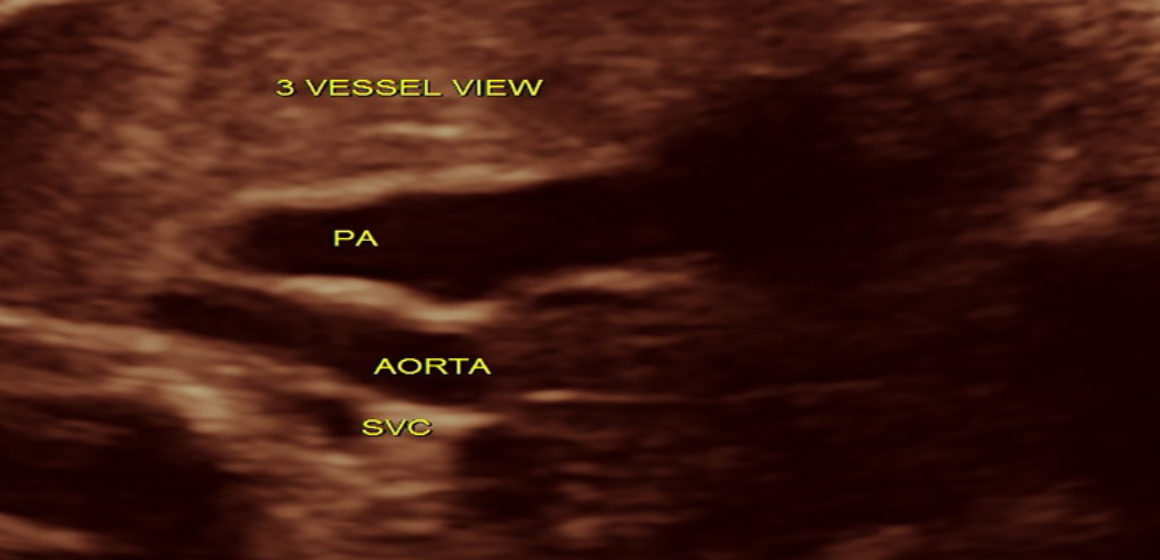Thrombosed Saphena Varix
A 57-year-old female presented with a swelling in her right groin for the last 2 years. There was gradual increase in size of the swelling over 2 years. Currently, she presented with acute pain. The swelling reduced on lying down and increased on standing. It was an isolated groin swelling without evidence of associated great saphenous vein varicosity. On examination, there was a small, round swelling, 4 cm below and lateral to the right pubic tubercle, measuring around 6 cm × 5 cm, hard, tender, noncompressible, irreducible, and nonfluctuant. Cough impulse was negative. The overlying skin appeared to be normal. No associated signs of venous insufficiency in the form of varicosity, edema, pigmentation, ulcer, etc., were found. Diagnosis was confirmed by Duplex imaging which showed echogenic contents suggesting thrombosis within sacculation of the terminal part of greater saphenous vein [Figures 1-3]. The saphena varix, a dilated saccular varicose swelling,
arises from the proximal end of the long saphenous vein. It presents as a reducible swelling in the groin situated in the femoral canal region. A cough impulse may be elicited and the swelling disappears when the patient lies down. The differential diagnosis for a nontender, fluctuant groin lump with a cough impulse is a hernia or a saphena varix.[1] The position of the swelling inferior and lateral to the pubic tubercle narrows the differential to a femoral hernia or saphena varix.[2] A history of deep vein thrombosis and examination findings of other venous varicosities in the leg adds further support to the diagnosis. Diagnosis can be confusing clinically, particularly if the varix is thrombosed, and presents as an “irreducible femoral hernia.”[3] Femoral hernia by far is the most common differential for saphena varix and is described as herniation of abdominal viscera through the femoral canal. An incarcerated femoral hernia often requires prompt operative management to decrease the risk of bowel strangulation, perforation, and peritonitis. Thrombosed saphena varix has been rarely described in literature. Duplex ultrasound is a front-line imaging modality where clinical examination cannot diagnose a thrombosed saphena varix. The surgical options available are stripping and ligation of the great saphenous vein, varicose vein ligation, phlebectomy, endovenous vein obliteration, and perforator vein surgery. Treatment of the saphena varix is surgical disconnection and ligation of the saphenofemoral junction. Thrombosis of the saphena varix is rare and clinicians must keep the condition in mind when they encounter any puzzling groin swellings.




